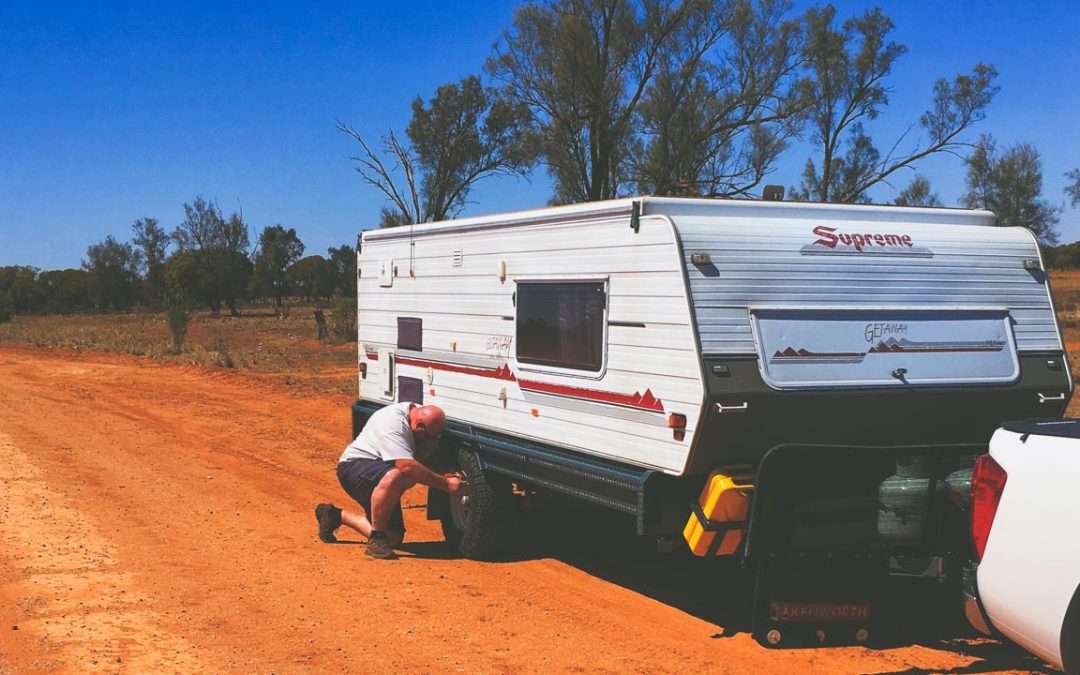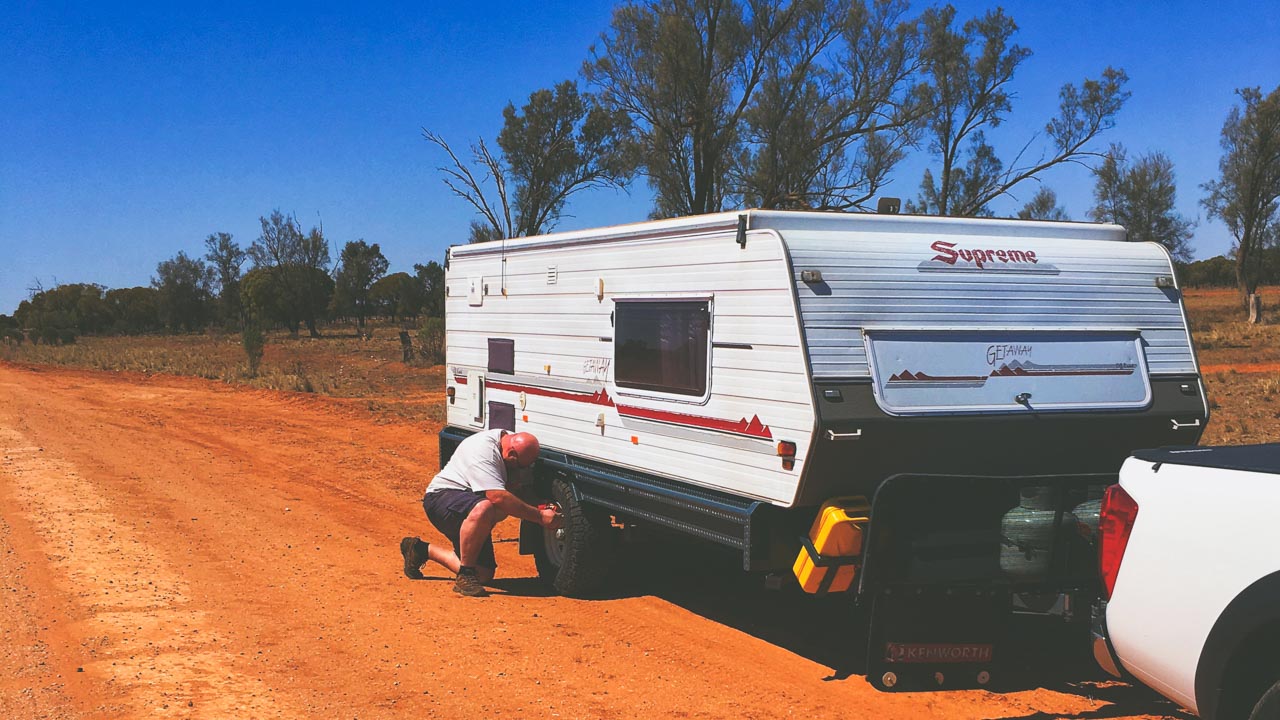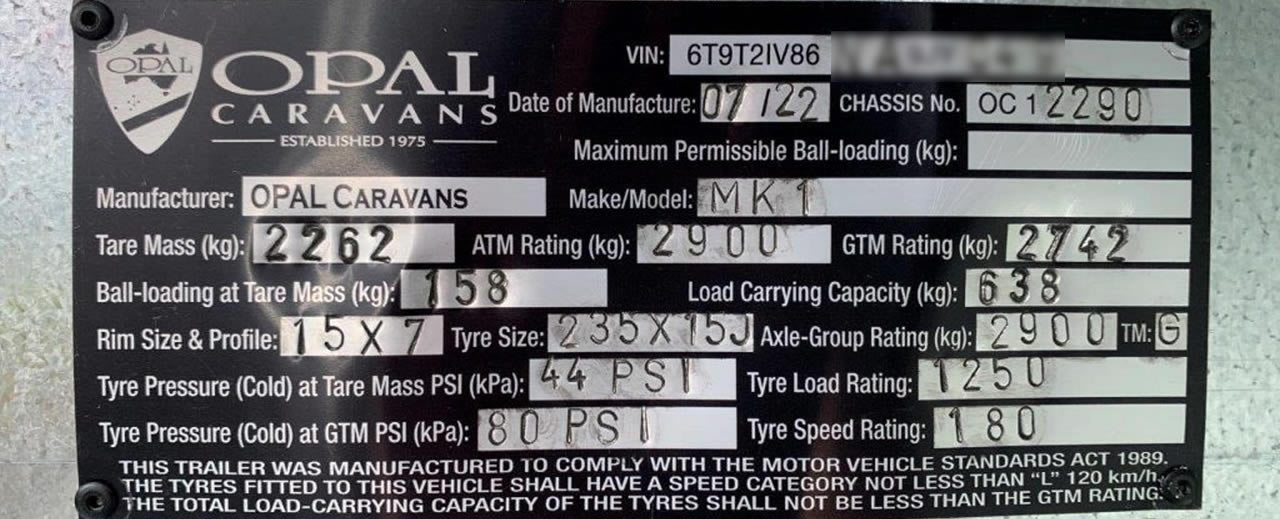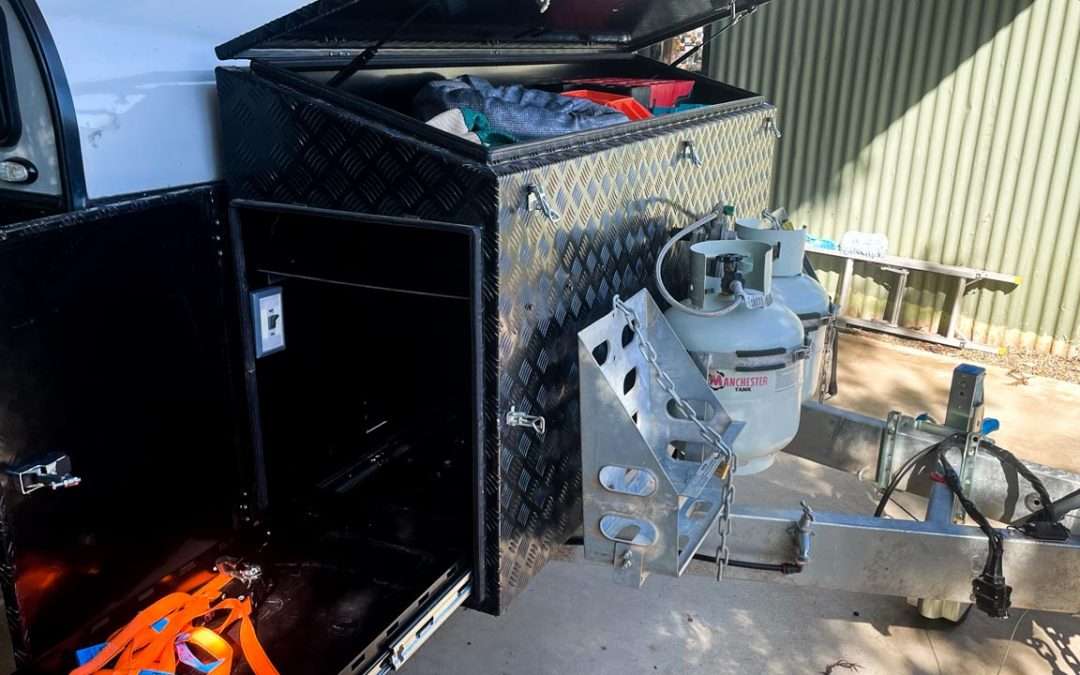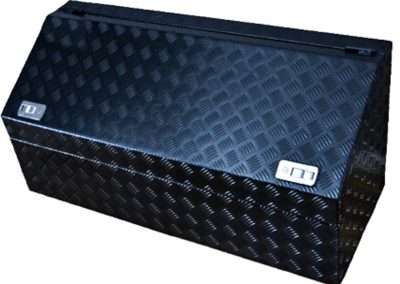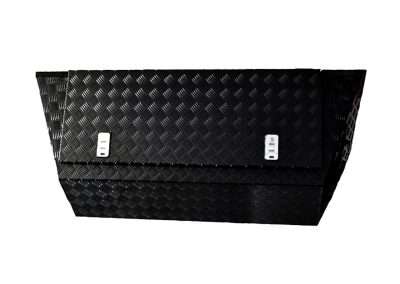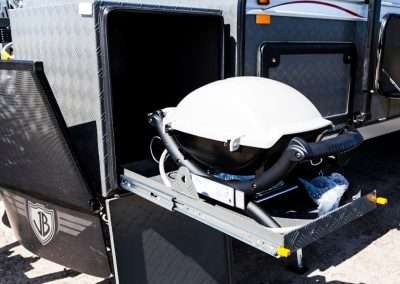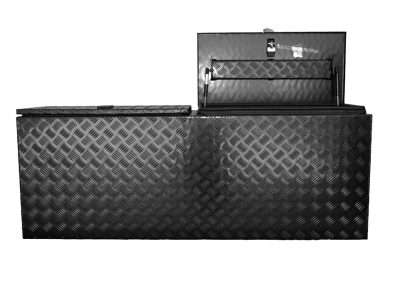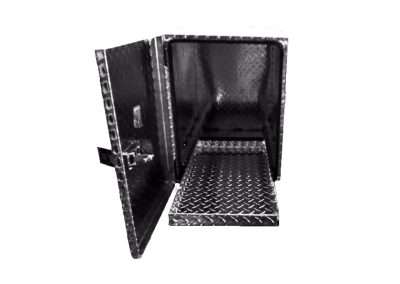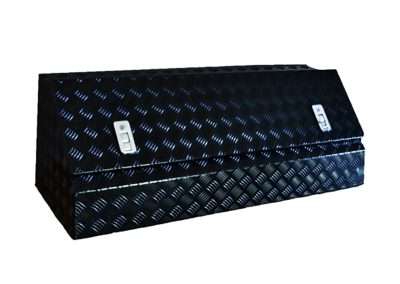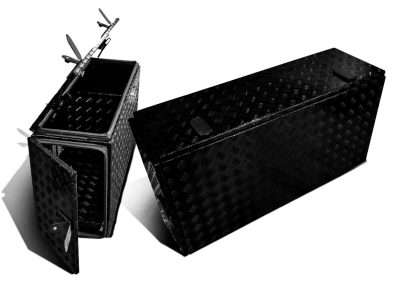
Battery Isolator Switch For Your Caravan Or Camper Trailer
Battery Isolator Switch For Your Caravan Or Camper Trailer
A battery isolator switch can disconnect the battery safely to eliminate any power draw from the battery when your caravan or camper trailer is not in use.
Have you ever had your caravan or camper trailer in storage for a month. You come back to it to find that your battery is flat? Flattening your caravan or camper trailer battery is not a good thing. Flattening your caravan or camper trailer battery can dramatically decrease the lifespan of your battery. It can even kill it then and there.
- Why Does My Caravan Battery Go Flat
- Why Not Just Keep Your Batteries On Charge
- Install A Caravan Battery Isolator Switch
- So How Has It Worked

12v Battery Isolator Switch Installed Beside Fridge On Jayco All Terrain
Why Does My Caravan Battery Go Flat Even When I Have Turned Everything Off?
So you’ve turned everything off. But have you really? Many caravan or camper trailer 12v battery systems will have some kind of parasitic draw on the battery. Even when you think everything is turned off. On our Jayco All Terrain we had multiple positive cables coming off our lithium batteries being fed in to a Projecta PM335J battery management system. As well as a shunt used to measure current input and output. The Projecta PM335J BMS has an on/off switch built in however even with this in the off position the unit would draw about 2.0ah daily from our batteries. Now that’s not much but over the course of a few months it adds up 120ah.
Things that may have a residual parasitic draw on your battery when you think you have turned everything might include but aren’t limited to,
- Battery management systems (BMS)
- Nodes for mobile app connection
- Wifi connection nodes
- Bluetooth connection nodes
- Display screens for battery management systems
- Anything wired outside of the BMS for example a diesel heater display screen wired directly to a battery
- Solar charge controllers
- DCDC charge controllers

Jayco All Terrain Projecta 335J
Why Not Just Keep Your Batteries On Charge When Not In Use?
Many will argue that simply leaving your batteries connected to a charger with a ‘float’ mode will keep the batteries fully maintained and ready for use. To an extent, this is true – but there is also the possibility of gradual degradation of the batteries if kept in this state constantly.
AGM Batteries
Lead acid batteries contain lead plates surrounded by a liquid or electrolyte solution of diluted sulphuric acid, and as the battery charges and discharges a chemical reaction occurs between the sulphuric acid in the electrolyte and the lead plates. The batteries are designed to be charged and recharged on a regular basis, so having them in a float charge mode at a constant voltage (normally between 12.2-13.4V) can cause the battery to become ‘dehydrated.’ When a battery enters this dehydrated state, it means the level of electrolyte recedes below the level of the top of the lead plates. This would cause irreparable damage to the plates, therefore damaging the battery extensively.
LiFePO4 (Lithuim) Battery Storage SOC (State Of Charge)
When not using your LiFePO4 (lithium) batteries it is generally recommended by most manufacturers to store them at around 40%-50% state of charge (SOC). Keep in mind that lithium-ion batteries should never be stored fully charged or completely discharged. On the one hand, LiFePO4 batteries will gradually self-discharge, and they will lose large amounts of their usable life if they’re fully charged all the time. On the other hand, storing lithium-ion batteries fully discharged will be harmful to the battery cell.
Install A Caravan Battery Isolator Switch – Then Off Really Does Mean Off
The solution to stopping your caravan or camper trailer getting a flat battery after storage for a long period due to parasitic draw on the battery is simple. Install a battery isolator switch – sometimes called a battery master switch.

Caravan Battery Isolator Switch Viewed From Behind
The switch is installed between the battery and any possible load. Turn the switch off. The power is stopped. Ours is installed on the positive side however it achieves the same result when installed on the negative side. Of course the new cabling needs to be fused correctly to make things safe.
I have used 6B&S cabling fused with midi fuses at 50amp. More than safe for the current our system is running at.
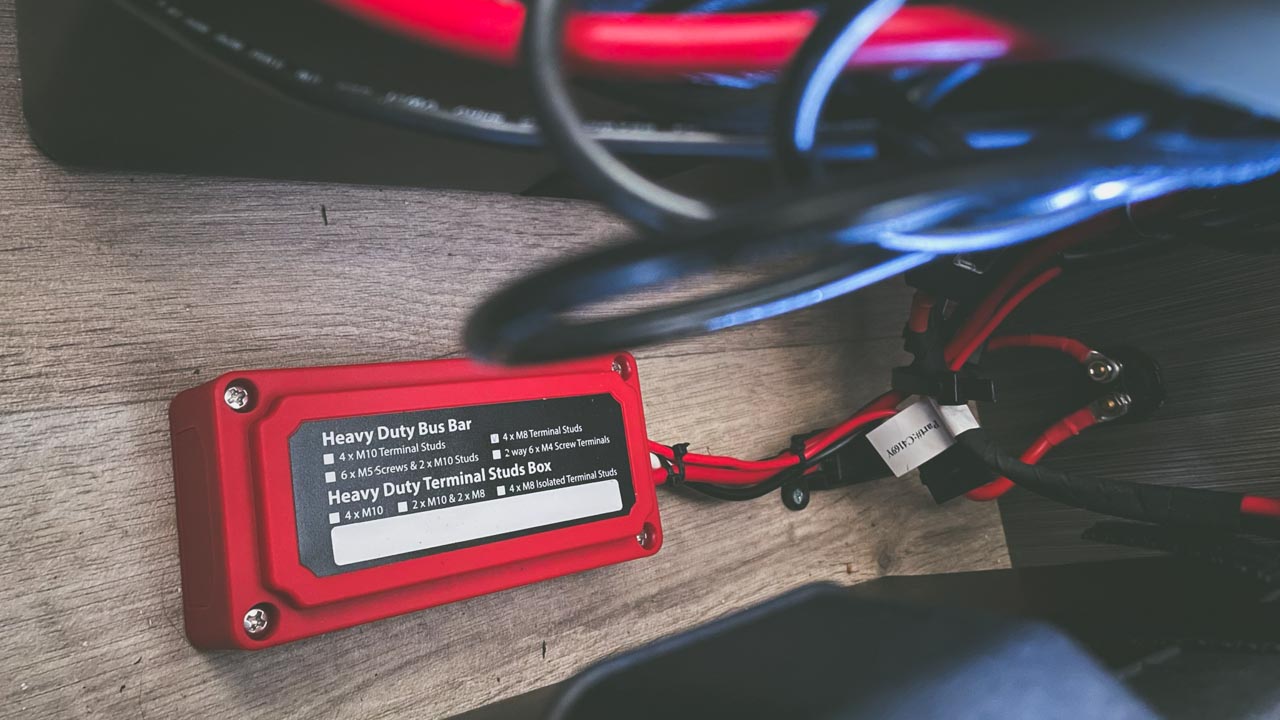
Jayco All Terrain Caravan Battery Isolator Wiring Through Heavy Duty Bus Bar
To help keep it all nice and tidy I have run all of the cabling in to and out of a heavy duty bus bar. Much neater and tidier than hooking it all up to the out lug on the 12v battery master switch. There are also a few spare lugs on the bus bar so I can hook up any extra cables in future as and if required.

Caravan Battery Isolator Switch Wiring Diagram
So How Has It Worked So Far?
It works 100% as it should. We have LiFePO4 (lithium) batteries. When we get home from a trip we let them run down to around 50% SOC then I simply turn the battery isolator switch to off. I have checked it multiple times, turn it off at 50% then turn it back on a month or two later and the system comes back to life and the LiFePO4 (lithium) batteries are still at 50%. No reduction in SOC whatsoever.

Projecta Display Panel SOC 47 Percent
List Of Australian Caravan Brands That Can Use A Caravan Battery Isolator Switch
Adventura Caravans battery isolator switch, Alpha Fibreglass, Aussie Wide Caravans, Avan Campers, Ballina Campervans, Billabong Custom Caravans, Caravan Manufacturer, Caria Caravan Trailer, Challenge Camper Trailers Caravans, Classic RTM Caravans, Concept Caravans, Coromal Caravans, Creative Caravans, Davsher Caravans, Desert Edge Trailers, Designer Vans Caravans, Discoverer Campers, Dreamhaven Caravans, Dreamland Trailers, Driftaway Caravans, Dryden Trailers Caravans, Eagle Caravans, Elross Caravans, Evernew Caravans, Exodus Campers, Ezytrail Campers, Galaxy Caravans, Goldstream Recreational Vehicles, Golf Caravans, Heaslip Campers, Horizon Motorhomes, I & D Industries, Imperial Caravans, Jayco Caravans, Jurgens Caravans, Kea Campers Australia Caravans, Kingdom Caravans, La Vista Caravans, Lifestyle Leisure RV, Limit Seeker Camper Trailers Caravans, Lotus Caravans, Majestic Caravans, May West Caravans, Millard RV Caravans, Montana Caravans, Nova Caravans, Olympic Caravans, Opalite Caravans, Paradise Caravans, Paradise Motor Homes, Paramount Caravans, Regal Caravans, Regent Caravans, Retreat Caravans, Rivenlee Caravans, Roma Caravans, Royal Flair Caravans, Spaceland Industries Caravans, Suncamper Caravans, Sunland Caravans, Sunliner Recreational Vehicles, Supreme Caravans, Swagman Aust Caravans, Tavlor Motorhomes, Toy Haulers Manufacturer, Track Trailer, Trailblazers RV Caravans, Trailer Manufacturer, Trailstar Caravans, Trakka Caravans, Trakmaster Caravans, Travelhome, Traveller Caravans, Truelux 5th Wheel, Vanguard Caravans, Western Caravans, Windsor Caravans, Winnebago Industries, Wirraway Motorhomes
List Of Australian Camper Trailer Brands That Can Use A Camper Trailer Battery Isolator Switch
Alpine Campers, Altitude Campers, Aussie Camper Trailers, Austrack Campers, Australian Off Road Campers, Austyle Campers, Bayside Camper Trailers, Black Series Campers & Caravans, Blue Tongue Campers, Blue Water Campers, BRS Offroad, Bushranger Campers, Bushwakka, Cameron Campers, Camper Trailers WA, Caretta, Condamine Campers, Conqueror Australia, Conqueror Australia, Cub Campers, Drifta Camping & 4WD, Eagle Camper Trailers, Elite Campers, Emu Campers, Ezytrail Camper Trailers, Far & Wide Campers, Goldstream RV, Hitch Campers, Jawa Camper Trailers, Jayco Camper Trailers, Kerfton, Kimberley Kampers, Kings Camping Trailers, Lifestyle Campers, Lumberjack Campers, Marlin Campers, Mars Campers, Maverick Campers, MDC Caravans, Modcon Campers, Mountain Trail Campers, North Coast Campers, Offline Campers, OPUS Camper Australia, Origin Campers, OutbackHQ, Patriot Campers, Pioneer Campers, Platinum Campers, PMX Campers & Caravans, Quest RV, Rhinomax Campers, Signature Camper Trailers, Skamper Kampers, Southern Cross Camper Trailers & Off Road Caravans, Star Vision Camper Trailers & Caravans, Stockman Pod Trailers, Stony Creek Campers, Sunset Campers, Swag Camper Trailers, Terra Trek, TrackStar Campers, Track Trailer, Trackabout Off Road Campers, Trailer Camper Australia, Travelander, Ultimate Campers, Vista RV, Wild Boar Camper Trailers
Why Does My Caravan Battery Go Flat?
Why Not Just Keep Your Batteries On Charge?
Why Install A Caravan Battery Isolator Switch?

